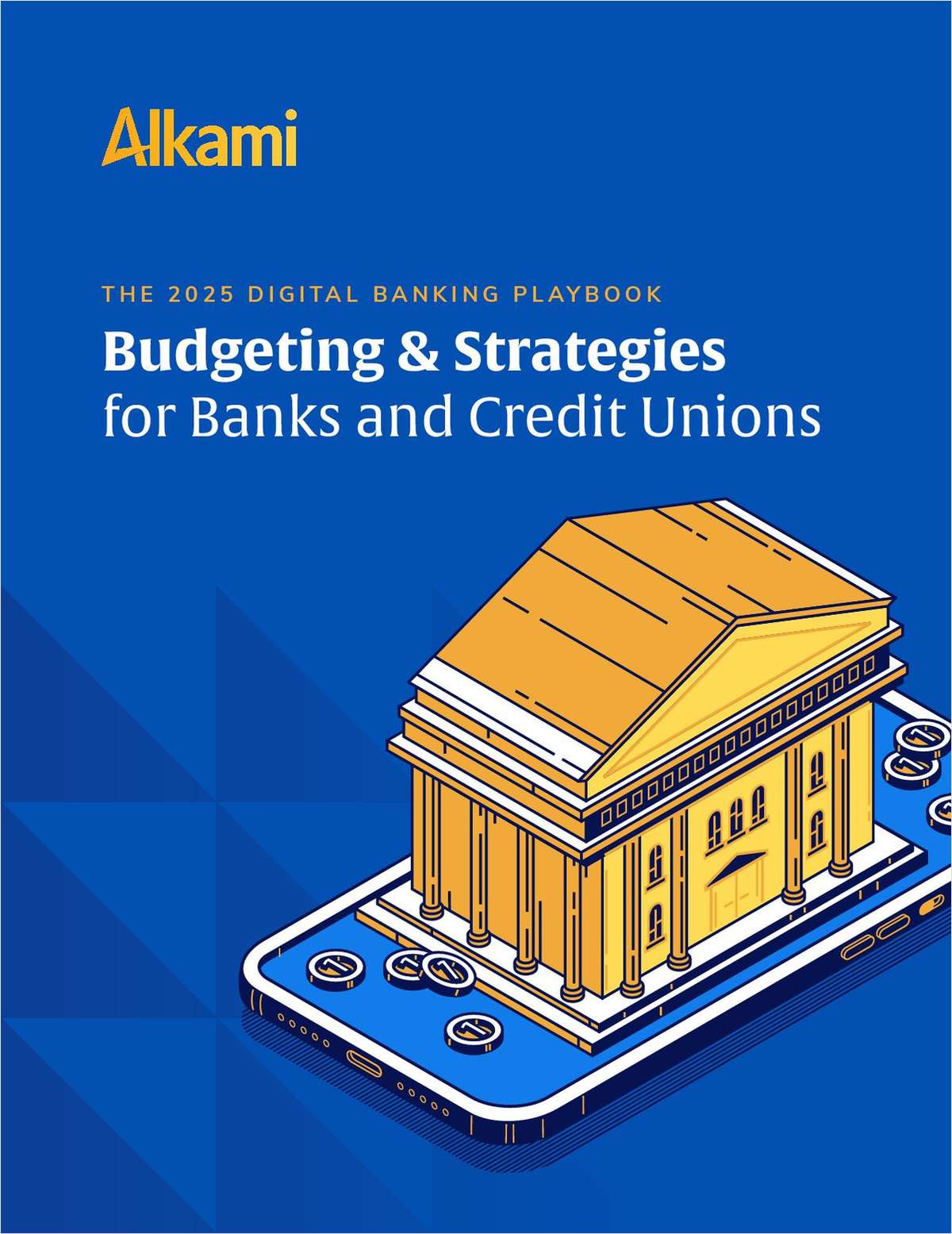
Need To Know March
CUTimes Marketing Blog
March 2021: Marketing Budgets Increase in 2021
With many companies still working remotely and live events slowly ramping up later in the year, most companies are increasing digital marketing budgets in 2021 to help drive sales.
As almost 70 percent of the buyer’s journey happens digitally, marketing has an even more critical sales support role than ever. So it’s no surprise that market research company Outsell reports 60 percent of marketers recently surveyed are increasing their marketing budgets this year and only 22 percent decreasing.
And the biggest increases in spending are for digital ads, webcasts, brand marketing and content marketing, with more than 50 percent of respondents saying they are increasing these strategies this year.

Source: Outsell
But this year’s marketing spending is unlike pre-COVID spending. First, Outsell found that 54 percent of marketers are predicting that it won’t be until 2022 or 2023 when their marketing budgets get back to pre-COVID levels. And even when they do, there is a much higher focus on measuring ROI and justifying spend on a regular basis.
One way Credit Union Times can help: We just rolled out three new high-impact ad units to improve your messages’ engagement with our audience. Our data shows these units get 3-to-6 times higher CTR than standard ROS ad banners.
And we have other suggestions for improving the ROI you are getting with webcasts, brand marketing and content marketing. Please contact me at [email protected].
Trends Credit Union Marketers Need to Know
- The new congressional year brought in an old topic that has worried credit union leaders: postal banking. The issue died more than a year ago in congressional committees, but has come back in a strong way as the financial disparities have grown during the pandemic. Many progressive and some moderate lawmakers would like to create banks inside of post office branches to help serve underbanked areas and help bail out the financially struggling USPS.
- Internal and external efforts are underway around the credit union industry to address DEI and reverse the pervasive financial exclusion of minorities in our country. From regulatory bodies, to credit union lobbying groups, to credit unions and third-party vendors – there appears to be a real and true movement to address these problems on a financial and culture level. We expect to see a lot of movement on these issues, even as it concerns DEI compliance, in the coming year.
- The true economic impact of the pandemic and historic unemployment in 2020 will be coming to light for credit unions very soon as year-end data begins to come in.Our readers have experienced historic growth for the largest credit unions, as well as historic economic collapses for the smaller credit unions.
- Credit unions are fighting to find ways to grow. A major issue in this fight is expanding its field of membership rules. It’s not a new battle, but it’s one that has gained momentum in this new regulatory administration. Banks, of course, are very much against any FOM expansion for credit unions. Part of the argument being, if credit unions are going to behave like banks, they should lose their tax-exempt status. We don’t believe this will happen just yet, but we do believe significant inroads on the FOM front could happen this year.
- Many credit union branches and spaces around the country are considered community gathering spots. To that end, credit unions are beginning to open their doors as COVID-19 testing sites for communities. It’s expected that this trend will grow and eventually include credit unions as vaccine appointment locations as vaccine production ramps up in the coming months.
Trending Stories
- 1Ohio Members Stopped the Merger, Only to Watch Their Credit Union Collapse
- 2CFPB Ends $95M Action Against Navy Federal
- 38 CU Professionals in the West Accept New Roles & Honors
- 4Aldersgate FCU Liquidated Days After Conservatorship
- 5Lawsuit Over NCUA Firings Heats Up as Both Sides Spar Over Supreme Court Ruling





















